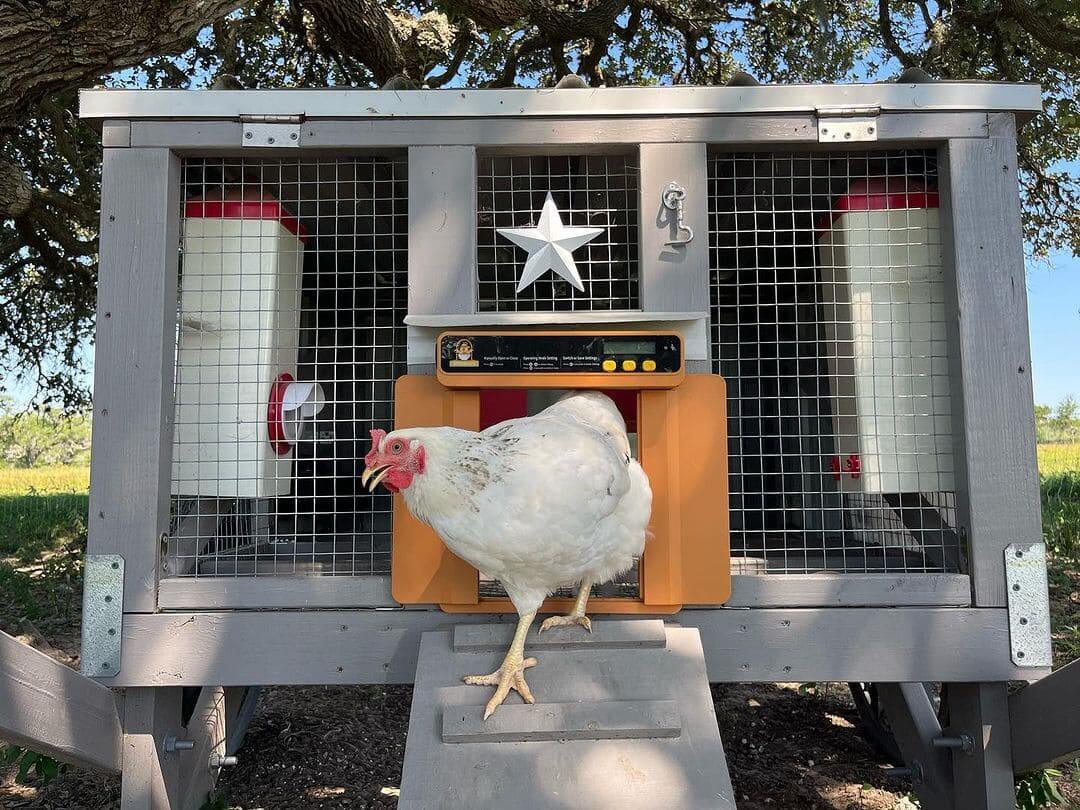Raising chicks is an exciting venture. Whether you're a newbie chicken farmer or a seasoned pro, it's always a delight to welcome these fluffy little creatures into your barnyard. But just as with anything else, there's a learning curve involved - mistakes are often part of the process. To help you avoid common pitfalls, we've compiled a list of the top ten chick-brooding mistakes. So, let's dive in and ensure you're not inadvertently putting your chicks in harm's way!
1. Wrong brooder bedding
Picking bad bedding is a common brooder error. Good chick bedding ought to soak up waste for a clean and healthy set-up. Flat and shredded paper are cheap but don't absorb, making a smelly mess. Newspaper can cause splayed legs and cedar shavings can irritate the chicks' breathing.
Use paper towels at first, they are absorbent and easy to replace. Then, pine shavings or straws are best, they absorb moisture and are comfortable and safe if eaten. Avoid slippery, smelly, or non-absorbent bedding to prevent health issues. Proper bedding is vital for healthy chicks.
2. Ignoring Temperature Requirements
Providing the right temperature is crucial for your chicks. They need a brooder temperature of around 95°F during their first week, which should decrease by 5°F each week until they've grown their feathers. Maintaining the proper temperature with a thermometer and brooder lamp is essential. A safer alternative is a heating brooder plate, which provides warmth from below and mimics the natural heat of a mother hen. Not only does this reduce the risk of fire, but it also ensures that your chicks are comfortable and healthy.

3. Neglecting Water Quality and Availability
Chicks should always have access to fresh, clean water. However, the containers should be shallow to prevent drowning. Adding pebbles or marbles to the waterer can help ensure the chicks stay safe.
New chicks need water before food. Dehydration can make droppings stick to their bottoms. Give warm water first to prevent this. When putting chicks in the brooder, dip their beaks in the warm water. This shows them where to drink and rehydrates them. Some will drink right away, some won't. But they'll follow the first chick's lead.
Once they've drunk, provide a starter feed. Water first, food second starts chicks off healthy.
4. Skipping Regular Cleaning

Regular brooder cleaning is crucial for healthy chicks. Soiled bedding should be scooped out and replaced at least every other day when chicks are under 3 weeks old. Waterers and feeders need daily cleaning and refilling to prevent contamination from waste. The brooder surfaces also need periodic disinfecting to stop germ build-up. Though cleaning takes more time, it prevents disease by eliminating bacteria, fungi, and parasites. A strict cleaning routine keeps chicks healthy by providing a sanitary living space.
5. Inadequate Nutrition
Providing improper nutrition is a frequent misstep in chick rearing. Chicks require a high-protein diet to support their rapid growth, typically in the form of a specialized starter feed. This formulated ratio delivers the ideal balance of nutrients for chicks during their first few weeks of life.
Well-meaning caretakers often supplement with excessive treats like scratch grains, vegetable scraps, or kitchen leftovers. However, these should be limited as they can displace the starter feed and disrupt the careful nutritional balance. Some treats are fine but the starter feed should remain the staple diet.



Leave a comment
All comments are moderated before being published.
This site is protected by hCaptcha and the hCaptcha Privacy Policy and Terms of Service apply.